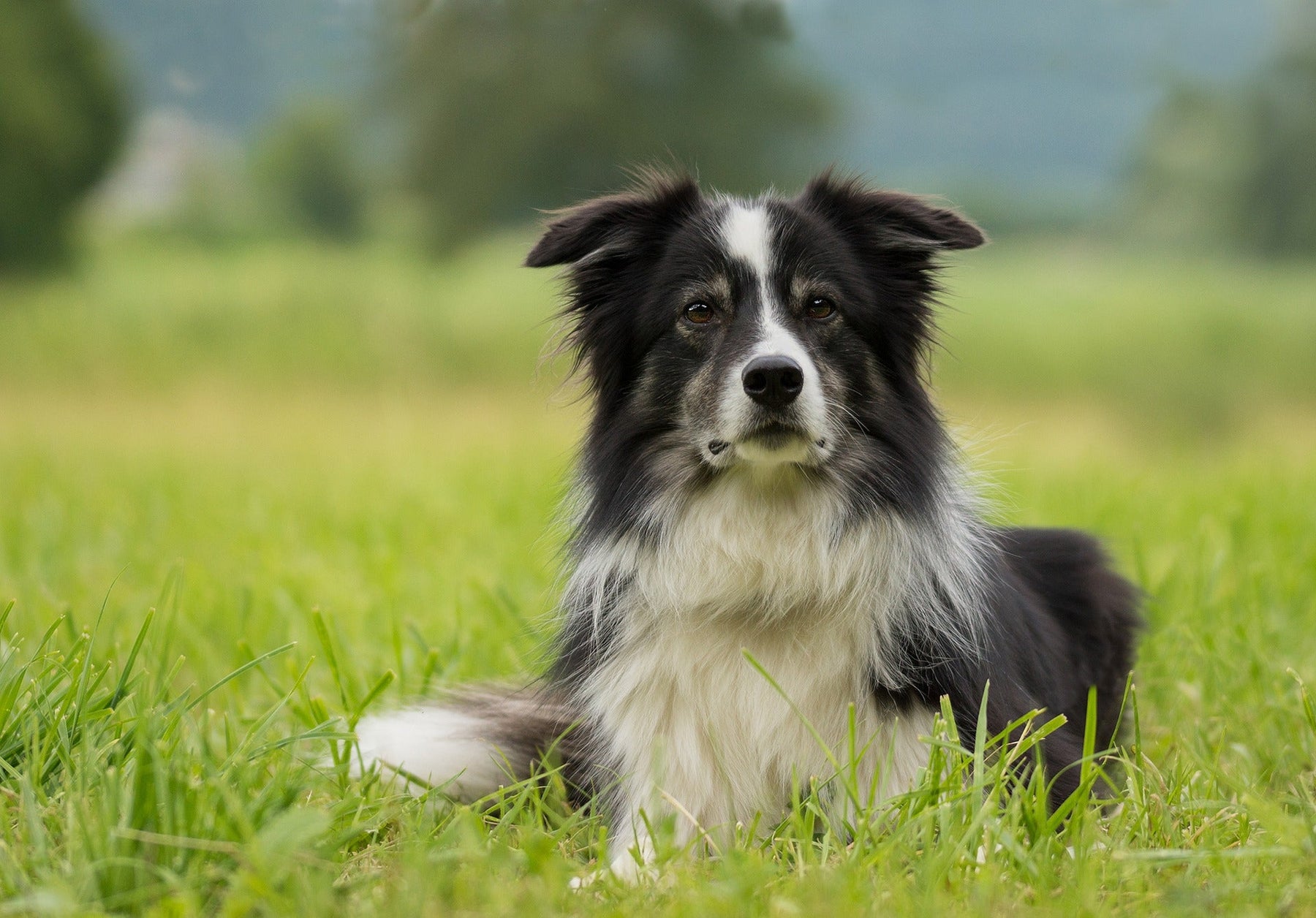
The Luxating Patella - Old Dog Learns Knee Trick
I have a little dachshund mix and she’s pretty adorable. When she’s not waddling around, she spends most of her time soaking up the sun in the backyard. She was very active, but a few years ago I did notice a change. She wasn’t running and playing as she was before, and she limped when she walked and seemed to struggle when lifting herself up. I thought the lack of activity was due to old age, or because she’s wider than she is longer, but then I stumbled upon a condition that described her symptoms perfectly.
Luxating Patella is a genetic condition that targets small short legged dogs. Our knees, as well as dog knees, sit on a groove. This groove helps stabilize the kneecap and prevents it from slipping out of place. Dogs with luxating Patella have a shallower groove with a flatter ridge. Overtime the cartilage is worn down and the knee cap can easily pop in and out of place. As your dog ages the probability of the knee popping in and out of place increases.
This condition is surprisingly common as it affects a wide number of small dog breeds. A study was done by the Orthopedic Foundation of America and the results are unnerving. Listed on the chart are the most common breeds of dogs with this condition. As you can see up to 41% of Pomeranians are affected.
Luxating Patella is categorized into 4 grades:
-
Grade 1 -A kneecap that pops out, but pops right back in on its own.
-
Grade 2 -A kneecap that pops out of place and, sometimes requiring manual manipulation to re-set it.
-
Grade 3 - Condition is when the kneecap sits outside its groove most of the time, but can be manually positioned back in the groove, where it stays temporarily.
-
Grade 4 -This is the worst-case scenario, in which the kneecap sits outside the groove all the time, and won't stay seated in the groove when it is manually popped into place.
Surgery is recommended if your animal’s condition worsens to grade 3-4. If left unattended a deformity can occur when your dog walks, runs or sits.
"As the cartilage is worn down and there’s bone to bone contact, a luxating patella can become acutely uncomfortable"--Dr. Karen Becker
There are preventative methods you can take that will insure that your dog can avoid this serious genetic problem. First and foremost is the careful maintenance of your dog's activity and weight. Active dogs are less prone to this problem because running and playing with your pet will build stronger quad muscles that will strengthen the kneecap into place. Also, by watching what your dog eats can ease the weight and stress that wears down the cartilage in heavier dogs. An important step is proper pet nutrition and prevention.
Do what I should have done years ago. Watch for symptoms, stay active, and invest in preventative methods. If you are interested in the well being of your loved ones or would like to carry our product please contact us at 800.995.6607


